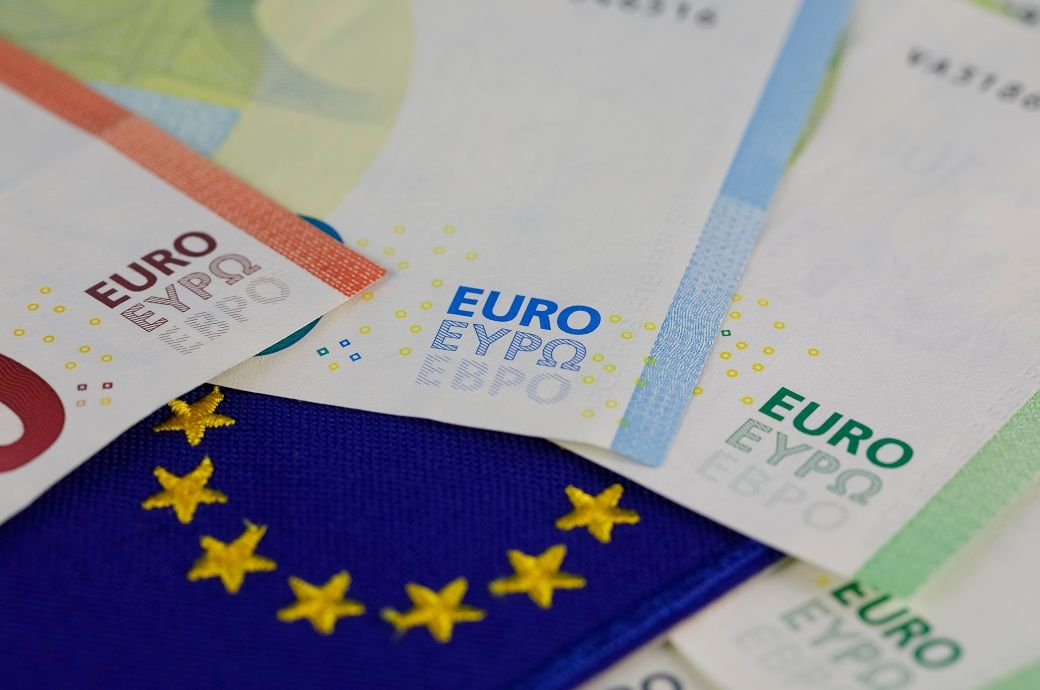
Within the euro area, hourly wages and salaries grew among all members. They increased the least in Italy, Malta, and Finland at 2.3 per cent each and the most in Lithuania at 13.4 per cent, Estonia at 8.8 per cent, and Croatia at 8.7 per cent, according to Eurostat, the statistical office of the EU.
For EU countries outside the euro area, the hourly wages and salaries expressed in national currency also increased in all countries. They increased the least in Denmark at 2.2 per cent and Sweden at 3.0 per cent, and the most in Hungary at 16.4 per cent, Bulgaria at 15.5 per cent, Romania at 12.3 per cent, and Poland at 11.7 per cent.
In 2022, compared with 2021, hourly wages and salaries in the euro area rose by 2.9 per cent in the (mainly) non-business economy and by 4.4 per cent in the business economy including by 3.9 per cent in industry. In the EU, hourly wages and salaries grew by 3.2 per cent in the (mainly) non-business economy and by 4.9 per cent in the business economy including by 4.6 per cent in industry.
ALCHEMPro News Desk (NB)
Receive daily prices and market insights straight to your inbox. Subscribe to AlchemPro Weekly!